How to Prevent Slipping on Ice: 7 Simple Tips
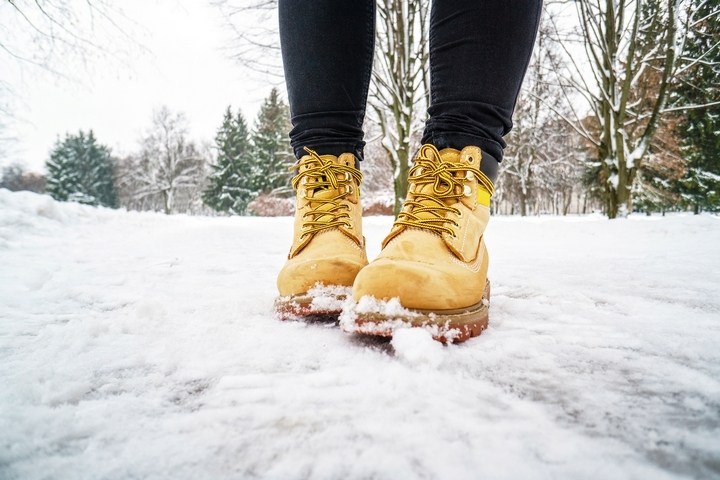
Walking on ice can be extremely dangerous. If you slip and fall, you could have a fractured wrist, elbow, hip, or sprained ankle.
Of course, staying indoors all winter long is not a realistic solution to this problem. Instead, learn how to prevent slipping on ice and enjoy the cold season without fear of hurting yourself.
Tip #1: Take measures to prevent ice from forming

Before you wonder how to prevent slipping on ice, you might want to do your best to prevent ice from forming in the first place. Be sure to shovel the snow from your driveway and walkway after each snowfall to make sure it won’t have a chance to turn into ice.
You should also regularly apply ice melt salt. This ice-melting product is effective on areas where ice forms around your property.
Of course, you can only be responsible for preventing ice from forming around your property. If other residential and commercial property owners are not taking enough measures to prevent ice, there isn’t much you can do about it.
So how can you walk around your city without slipping on ice? It starts with making sure your boots are slip-proof.
Tip #2: Slip ice grips on your boots
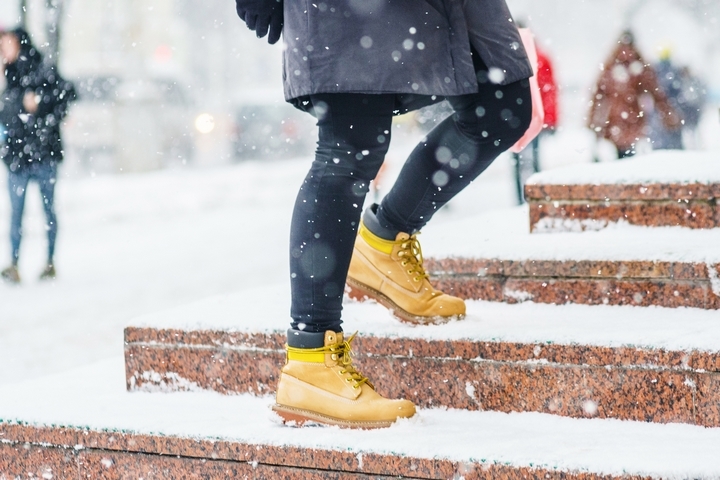
Not all winter boots are created equal. And when it comes to walking on ice, many boots simply don’t have enough grip to prevent us from slipping. Get a pair of ice grips if this is the case with your winter boots.
Simply slip them over your boots to enjoy better traction whenever you walk over the ice.
However, you have to remember to remove your ice grips when you get indoors. If you don’t, you could damage the floor by simply walking on it.
Tip #3: Add some texture to the soles of your boots
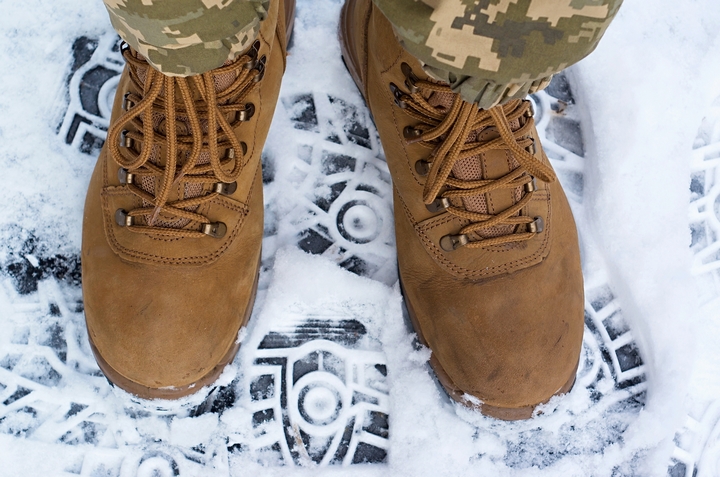
If you don’t want to bother with slipping ice grips on and off your winter boots, you can do a few things to add texture to their soles. This will give you a better grip on icy surfaces.
For example, you could get some heavy-duty adhesive bandages. Stick one under the heel of your boots and one under the toes. This is a temporary fix, but it will help you walk on ice with more confidence.
A more permanent solution would be to give the soles of your boots a rougher texture by rubbing them with sandpaper. Alternatively, you can use a craft knife to score your soles, making them more slip-proof.
Tip #4: Warm up your muscles before walking outside
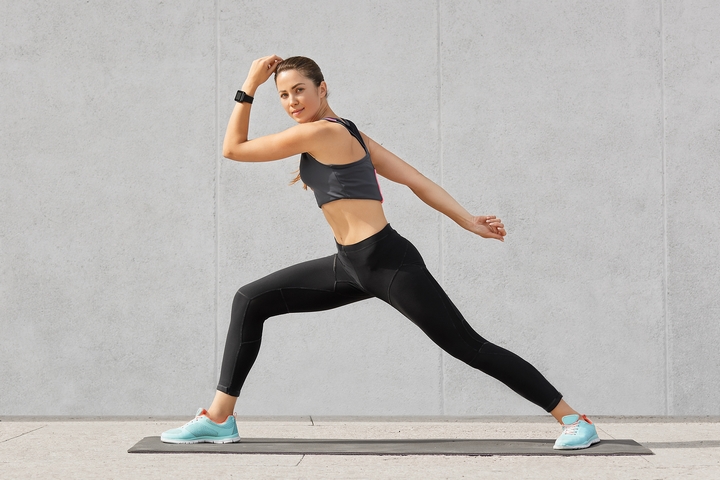
Even with winter boots with slip-proof textured soles, you could slip and fall on ice if you’re not careful. You could also lose your balance and pull a muscle to avoid falling.
You should think about warming up your muscles before going outside for a walk to prevent slipping on ice.
You could simply stretch your legs and do a few squats or lunges. Stabilizing yourself without getting hurt if you slip on an icy sidewalk will be easier.
Tip #5: Slow down and adjust your pace when there is ice
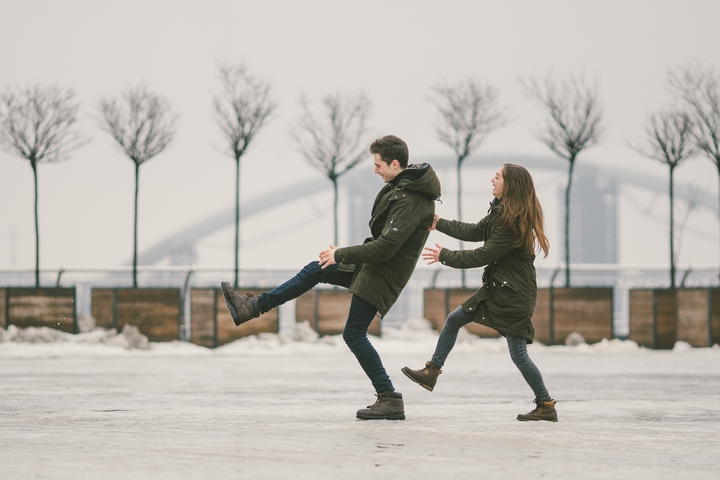
Whenever you can’t avoid walking over ice, slow down your pace. You might also want to try to walk like a penguin: keep your center of gravity low and walk with short, shuffling strides. As you place your foot down, ensure it lands flat instead of on your heel.
Another option is to shuffle by gently pushing your feet forward along the ice instead of lifting them.
And if you feel yourself starting to fall, do your best to fall with grace. Try to bend your knees and crouch down instead of tensing up and extending your arms backward to keep yourself from falling. Protect your arms by tucking them in, and tuck in your chin to avoid hitting your head on the ice.
Tip #6: Carry a hiking pole with you

If you have a cane, it can help you keep your balance as you walk over the ice. A hiking pole could be a good idea if you don’t have a cane.
It might not prevent you from slipping, but extending your cane or pole in front of you will give you a better idea of whether the ground is slippery.
Tip #7: Pay attention to what you’re doing

Finally, to prevent slipping on ice, give yourself the best possible odds by paying attention to what you’re doing while you walk.
This means you should always look where you’re stepping instead of looking at your phone or getting distracted by something else.
